|
|||||||||||||||||||||||||||||||
| |
|||||||||||||||||||||||||||||||
On July 25th she departed from Freetown escorting convoy SL.41 bound for Liverpool, this rendezvoused t sea with SL.41F on August 8th; she remained with the convoy until it reached the Western Approaches when she detached on the 9th to proceed to Belfast. She sailed from Belfast on September 15th calling at Greenock before proceeding to Freetown. On October 3rd she sailed to escort SL.50 detaching on the 16th to join with in-bound convoy HG.45; this convoy had departed from Gibraltar on October9th and PRETORIA CASTLE remained with it until it reached Liverpool on the 27th. It is highly probable that she departed from Liverpool tor act a distant cover for the passage of convoy WS.4 bound for Freetown, this sailed from Liverpool on November 1st. The convoy slit on November 11th into WS.4F escorted by the Cruiser CORNWALL and WS.4S escorted by PRETORIA CASTLE. WS.4F arrived at Freetown on the 14th, WS.4S on the 15th. A reconstituted convoy departed Freetown in the afternoon of the 17th bound for South Africa; this now comprised of the troopships ALMANZORA, SCYTHIA, STIRLING CASTLE and WARWICK CASTLE, and transports CITY OF MANCHESTER, CLAN CHATTAN, CLAN LAMONT, DELIUS, DUNEDIN STAR, HIGHLAND MONARCH, MALANCHA, MARTAND, and PORT WYNDHAM. They were escorted by CORNWALL and PRETORIA CASTLE. At 08:05 on 26th SCYTHIA and WARWICK CASTLE detached to proceed to Cape Town escorted by PRETORIA CASTLE. They arrived at Cape Town on the 29th and entered port, re-joining the convoy later that day. On December 2nd, off Durban, the convoy split again, ALMANZORA, CITY OF MANCHESTER, DELIUS, MALANCHA and MARTAND with PRETORIA CASTLE stood off the coast while CORNWALL and the other ships arrived and were ready to enter harbour later that day. PRETORIA CASTLE now set course to return to Freetown via Cape Town. Modified to operate catapult launched seaplanesIn the New Year she sailed to escort Convoy SL.62 departing Freetown on January 10th, she detached from the convoy on the 28th and proceeded to a UK dockyard for a refit. The work was carried out in a Southampton Dockyard and commenced in February 1941 during which she was reconfigured to operate a pair of Fairey Seafox seaplanes, this required the installation of an athwartships catapult and below deck hangar. An aircraft handling crane allowed aircraft with wings folded to stowed below deck, hoisted out and mounted on the catapult launch trolley, or recovered after a water landing. On emerging from her refit, she embarked two aircraft from No. 702 Long Range Resonance squadron on April 15th; after completing catapult testing and crew training, she Sailed to return to Freetown on April 26th with Convoy WS.8A. Her aircraft would become part of No. 703 Long Range Resonance squadron from June.
PRETORIA CASTLE arrived at Freetown with the convoy on May 9th. Sailing again on the 14th to escort the convoy, now renamed Convoy WS.8AB to Durban. Five days later she assumed responsibility for escorting the Vichy French ship LIEUTENANT ST LOUBERT BIE on passage to Durban; this ship had been intercepted by the Cruiser NEWCASTLE in position 21-31S, 5-56W the day before. The two ships arrived at Durban in the afternoon of May 28th. She sailed for Simon’s Town the following day arriving at 22:00. on the 31st. PRETORIA CASTLE sailed for patrol on June 4th, she rendezvoused with the Troopship CAMERONIA off Cape Town and escorted her to rendezvous with the Armed Merchant Cruiser CILICIA on the morning of June 6th on passage to Freetown. Resuming her patrol she intercepted and captured the Vichy French steamer DESIRADE east of the Antilles isles on June 17th. She escorted this slow vessel to Cape Town, arriving there in the early morning of July 3rd, continuing on to Simon’s Town the same day. She sailed on July 10th to return to Cape Town and sailed escorting the Troop Ship. EMPRESS OF AUSTRALIA for Freetown on the 11th. She resumed patrol duties on July 27th based on Freetown. On September 4th she sailed for Cape Town where she was to escort the Troopships CAMERONIA and ORONSAY to Freetown. The ships departed from Cape Town on September 21st and arrived at Freetown on October 4th; PRETORIA CASTLE resumed her patrol until October 27th when she departed Freetown for the UK, possibly as part of convoy SL.91 which also sailed on that date and bound for Liverpool. PRETORIA CASTLE arrived at Belfast on or around November 18th, presumably for dockyard work, she proceeded to the Clyde on December 13th and sailed independently for Freetown on December 22nd. On her arrival back on station she resumed patrol in company with the Armed Merchant Cruiser HMS CANTON. On March 12th aircraft from CANTON sighted the S.S. MONTE GORBEA in in position 08°52’N, 26°00’W, and PRETORIA CASTLE intercepted and boarded her, she then proceeded to escort her to port at Bathurst, Gambia, CANTON continued her patrol. PRETORIA CASTLE escorting S.S. MONTE GORBEA, arrived at Bathurst. On March 15th and the resumed her patrol. On April 26th an aircraft from PRETORIA CASTLE reported sighting a merchantman purporting to be S.S. ANGLO CANADIAN in position 01°’17N, 24°34’W on checking it was found that the ANGLO CANADIAN was in port at Bombay, unfortunately the aircraft which crashed on landing near the ship and contact was not maintained. She provided cover for the passage of elements of convoy W.S. 19 beg9ining on May 24th including the troopships AQUITANIA, QUEEN MARY, and QUEEN ELIZABETH on route to Suez via the Cape. Continuing her patrol, she boarded the Panamanian schooner REINE MARIE STEWART on May 31st in position 07°30’N, 21°11’W. she was bound from New York for Lourenco Marques. The ship had been becalmed for three weeks and was short of fuel and water. Medical aid was rendered to the Master. The schooner was later sighted PRETORIA CASTLE on June 4th burnt to the waterline in position 07°37’N, 22°47’W after being shelled by an enemy raider.
By this time, she had been selected for conversion into an Escort Aircraft Carrier and was to return to the UK to enter a British dockyard for the work to be carried out. After making good repairs at Freetown PRETORIA CASTLE sailed on June 9th as escort for the Troopship ORONSAY on passage to the UK.
Conversion into an Escort Aircraft Carrier
PRETORIA CASTLE was the third merchant conversion to an escort aircraft carrier conducted by a British dockyard; the first, AUDACITY was a proof-of-concept vessel, with a flush flight deck, no hangar and only able to operate 6 fighter aircraft - she entered service in August 1941 but was sunk on December 19th the same year; the second ACTIVITY entered service in January 1943 – although she had a small hangar and an island, she could only accommodate 10 aircraft. By comparison PRETORIA CASTLE was designed to operate 21 aircraft. PRETORIA CASTLE arrived on the Clyde on June 30th 1942 and was sailed on July 2nd for passage to the River Tyne to enter the Neptune dockyard of Swan Hunter shipbuilders, at Wallsend, Tyne and Wear on July 4th. The Admiralty purchased her rom the Union Castle Line on July 16th and work began i to remove all of her upper works and superstructure to enable the fitting of strengthened mild steel flight deck and a hangar capable of accommodating 21 aircraft. The conversion also involved incorporating design features either missing or scaled back in her processor ACTIVITY; she had 8 arrestor wire and two crash barriers (ACTIVITY had 5 and 1), she was fitted with a new prototype cordite fired catapult (ACTIVITY had none), a significantly larger hangar measuring 354ft x 46ft x 17ft (ACTIVITY 87ft x 59ft x 21 ft) accessed by a single large lift, 45ft long x 39ft wide, forward adjacent to the island (ACTIVITY had 1 aft, 42ft long x 24ft wide). She was fitted with British type 279 and type 281 radars and communications arrays for control and direction of aircraft and ship navigation. Her armament comprised of 2 twin 4in quick firing, high angle Mk XVI mounts on the stern, 14 twin 20mm Oerlikon mounts along the deck edge. Addition ballast was added to compensate for additional top weight. Her conversion took a year to complete, she was commissioned at Newcastle-upon-Tyne on July 29th 1943. She undertook her builder’s and Admiralty acceptance trials in the North Sea and the resulting defect rectification was completed by August 9th. Although completed as a fully equipped carrier capable of operating aircraft on operational duties the Admiralty decided that she would be better employed as a Trials Carrier attached to Western Approaches Command. She sailed from Newcastle on August 10th for a shakedown voyage on passage to Rosyth, arriving there on the 12th to conduct further trails and to embark the aircraft of ‘B’ flight of 778 Service Trials Squadron on August 14th, flying out to join the ship from RNAS Crail. This unit operated a collection of aircraft types including Albacore, Fulmar and Firefly to conduct testing and trials of new and experimental equipment. On the 16th PRETORIA CASTLE took passage to the Clyde. Flying was conducted on passage; tragedy struck on the 26th when Fairey Albacore X9253hit the rounddown after making a low approach and being waved off by the Deck Landing Control Officer (DCLO) to go around again. The aircraft bounced into the air but stalled short of the island and fell over the starboard side and sank in 38 fathoms, The pilot Sub-Lt C.N. Hutchinson RNVR was rescued safely but the two passengers Dr. Townend and Mr. Gadd both from the Royal Aircraft Establishment (RA) were E killed. A second Albacore BF768 struck the rounddown to make a heavy landing the following day, the pilot Lt D. R. Carter RNVR was Ok, the aircraft received minor damage. PRETORIA CASTLE was to be Based on the Clyde and returned to her anchorage off Rothesay between trials. On September 9th the new carrier had it fist deck crash; Lt. E.M. Brown was making an approach to the deck in Firefly Z1844, a new machine equipped with a Rolls-Royce Griffon V engine with flame damping exhausts. Having lowered his flaps and selected the arrestor hook to the down position he continued his approach, the indicator light showed green but in fact the jook was still locked up. The DCLO did not notice either and when the aircraft failed to catch any arrester wires Lt. Brown attempted to clear the barrier but the undercarriage caught as the aircraft passed over it and was torn off, the aircraft slammed onto the deck and slid forward to stop astride the catapult track forward. The pilot was OK.
A rare operational sortieTrial work continued until October 25th, when she was allocated to embark an operational squadron and escort a convoy from the Clyde to Iceland and return with another. She arrived at Belfast on the 26th to embark the maintenance personnel of 825 Naval Air Squadron together with the units 8 Swordfish and 6 Sea Hurricanes before sailing on the 27th to rendezvous with convoy DS.26. This was a small convoy comprising of 4 American merchant ships which departed from the Clyde on the 28th for Iceland, 825 squadron was to provide anti-submarine patrols on passage. PRETORIA CASTLE operated with 4 ships of the 7th Escort Group (Destroyers SALADIN, SCIMITAR, VANESSA, and VERSATILE). All vessels arrived at Reykjavik on the morning of the 29th; a number of aircraft from 825 squadron were flown off to the RAF Station Kaldadarnes where an R.N. Air Section [1] had been established to provide limited support for aircraft from convoy escorts, they re-embarked to following day. During the embarkation one aircraft, Swordfish HS387 flown by Sub-Lt D. Webb RNZNVR D Webb RNZNVR struck the rounddown with his tail wheel. All 5 escorts anchored in Hvalfiord to await the departure of the 4 American merchantmen to return to the Clyde, as convoy SD.46.
Convoy SD.46 depart from Reykjavik on November 2nd; the undercarriage of Swordfish HS318 flown by Sub-Lt N. L. Sharrock RNVR, collapsed on landing on from a patrol the same day. The convoy arrived on the Clyde on the 4th without further incident. On arrival at Belfast on November 4th 825 squadron flew ashore to
RNAS Belfast. Return to trials work On arriving back on the Clyde PRETORIA CASTLE resume her trials program. While anchored in C.2 berth at Tail O’ the Bank on the evening of November 29th PRETORIA CASTLE was in collusion with the escort carrier RAVAGER. She had been at X.4 berth but a strong gust of wind had sufficient push to cause he anchor to drag and she eventually struck PRETORIA CASTLE; both carriers suffered minor damage, ravage lost 80 feet of her starboard walkway, PRETORIA CASTLE suffered surficial damage to her forecastle bulwarks and one section of platting on the flight deck support above the forecastle. Trials work resumed in November, dreck landing trials being conducted by Avenger FN769 and Firefly Z1880. In the New Year the ship conducted arrester trials using Avenger FN792 beginning on January 17th and concluding on the 21st. Next to arrive on board on January 21st was Harvard Mk.IIIb FT963, this aircraft had been specially fitted with an arrester hook to conduct deck landing trials. February brought four types of front-line aircraft to the ship for deck landing trials, one British and three American types; on the 2nd a day of trials with the Seafire followed by the Hellcat on the 16th, the Avenger on the 22nd, the final round of trials was wit h the Wildcat on the 23rd. Further Seafire trials were conducted on March 29th, at the end of the month a specially modified Swordfish (NE984) was embarked from RNAS Machrihanish to conduct trials of the Beam Approach Beacon System (BABS) & Ground Approach Beacon System (GABS) for the Telecommunications Research Establishment (TRE) Malvern. On April 3rd this aircraft, piloted by Sub-Lt G.L.P. Steer RNVR of 819 squadron, crashed on landing, entering the crash barrier it suffered prop and wing damage. Desk landing trials were conducted with the American Corsair fighter on April 7th.
First British aircraft tail down launch and an unauthorized first landing In April the ship was used to carry out catapult trials to establish techniques to be used for the tail down launch of aircraft. Lt E.M. Brown made the first such launch in a Barracuda on April 3rd using the American style strop system. The next day Lt. Brown made history again, this time an unofficial first landing in Bell Airacobra AH574; this tricycle undercarriage aircraft was the only aircraft of its type to be operated by the Fleet Air Arm and the only one in the UK fitted with an arrester hook – it had been used for experimental work including testing the behaviour of its tricycle undercarriage in runs into arrester wires ashore, but never cleared for deck landing. The aircraft had been passed to ‘Winkle’ Brown as his personal ‘hack’ on completion of its experimental work and he was flying this machine out to the ship to make some approaches to the deck to explore techniques needed for the proposed carpet-deck scheme. After running the idea of making an unofficial landing past the ships commanding officer Captain Casper John; “I wrote to him beforehand and asked him if he would be prepared to take me aboard in the event of sudden engine trouble. He saw at once what I was after, of course, and was good sport enough to go along with it. He suggested that it might be a good idea if my engine trouble occurred on my last approach. Strangely enough it did. I began my approach, then, just for the record, called up the ship and complained that my engine was running rough. Would they accept me? Back came Captain John's instant 'Affirmative'. I put my hook down, touched down, and caught a wire with no trouble at all”. He had successfully landed a tricycle undercarriage aircraft on a flight deck, however “the trouble came when I tried to get off again. To take off from a carrier's deck was of all things far from the designer's thoughts, and the Airacobra had a dangerously long run. With the ship steaming at absolutely full bore I just managed to stagger off the deck.” (Brown, 1961, p.78/9) Her activities at the end of July and the start of August are unclear; on July 31st records indicate she was operating with Firefly Night Fighters from 746 Night Fighter Interception Unit. Three aircraft are recorded as suffering deck landing accidents on July 31st, DK420 crashed on landing, Z2119 crashed into the port side of the barrier, and DK420 landed with its undercarriage retracted during night flying night on August 9th. This squadron was based in the south, at RAF Wittering and had no detachments operating up north – this suggest the carrier may have been operating in an area other than the Clyde training zone. On completion of her tasking with 746 squadron she proceeds to Rosyth to enter the Naval Dockyard for further repairs. It is unclear when she sailed from Rosyth to return to the Clyde, but trials work was resumed on October 1st and passed over the Degaussing Range in the Clyde on the 5th. A busy flying program resumed on the 16th when trials were conducted with Seafire aircraft; one of these aircraft Safire NS487 piloted by Lt J. F. Underwood, RNVR crashed into the barrier on the 17th. This was followed by deck landing trials with Avenger, Hellcat and Swordfish aircraft on the 18th. A Wildcat was embarked on the 23rd to conduct aerodynamic trials and a Sea Otter amphibian on the 30th for deck landing trials. November the 1st saw PRETORIA CASTLE employed in a very different role, she put to sea to act as a target for simulated torpedo attacks carried out by RAF Beaufighter aircraft. Deck landing trials with Firefly aircraft began on the 6th, these included another visit from aircraft of 746 Night Fighter Interception Unit; Firefly DK423 made a heavy landing on the 9th suffering minor damage.
A Barracuda was embarked on the 13th to conduct aerodynamic trials followed by Avenger FN792 for arrester trials on the 20th. Two Safire Mk.15aircraft also embarked on the 20th, NS490 and SR448 were aboard for deck landing trials with the more powerful aircraft powered by the Rolls-Royce Griffon VI engine and ‘sting’ type arrester hook. These were joined on the 23rd by the Safire F.45 prototype, TM379, this aircraft was fitted with the Griffon 87 with Rotol contra-rotating propellers and an enlarged tail fin and rudder; this aircraft remained aboard until the 28th.
December had a light trials program, the main one being Seafire aerodynamic trials utilising Safire F.III MB125; this aircraft was written off on December 7th landing in very light wind conditions it was caught in updraught, and entered into barrier, the pilot Lt D. R. Carter RNVR as Ok. On December 19th PRETORIA CASTLE arrived at Belfast to undergo repairs to her machinery; on completion of this phase of repairs she sailed for Glasgow in the New Year to enter a commercial shipyard for further repairs and a refit. On completion of repairs and post refit trials r PRETORIA CASTLE resumed trials duties in the Clyde at the start of March 1945. She was at sea on the 6th operating Firefly aircraft of 1771 squadron from RNAS Ayr providing a deck for a detachment of 6 to carry out deck landings by day and night. There were two crashes during period, Sub-Lt S. M. Edmundson RNVR hit the rounddown in MB439 and entered the barrier, later that evening during night deck landings Lt. Cdr H. M. Ellis DSC, DFC commanding officer of 1771 squadron, was killed when he hit the rounddown in DT944, the aircraft bounced, caught No.5 wire but went over the port side. The ship continued operating as a deck for Firefly pilots to practice deck landings with aircraft from 768 squadron flying out to the ship from RNAS Abbotsinch starting on the 8th and completing on the 12th; on this date Lt D. R. Carter RNVR crashed making a night landing in Firefly DT932 after the undercarriage lever was not locked down. At the end of the month Lt Carter had a barrier crash landing in Safire NF437 on the 26th.
Accelerator trials continued with various air raft types during April, with two flying incidents recorded; on the 10th Sub-Lt E. S. Morrell RNVR struck the rounddown landing in Firefly DK434and entered the barrier while on the 16th Avenger JZ250 was damaged during accelerator trials, the pilot Lt D. R. Hill diverted ashore and landed safely at RNAS Ayr. Another aircraft, Firefly DK447 flown by Lt Morrell suffered damage during accelerator trials on May 14th. At the end of May the Admiralty conducted a research program to establish airflow patterns over the rounddown on large aircraft carriers, this turbulent air had been the cause of many accidents as aircraft neared the rounddown on approach to land. Test flights were to be made using a glider towed behind the carrier using a small winch to allow the glider to climb, descend and move forwards and backwards in relation to the rounddown. The prototype Slingsby T.20 was chosen by John Sproule, former designer at Slingsby, who would conduct the test flights. The glider, scientists, and John Sproule were loaded onto PRETORIA CASTLE at the Clyde docks and the ship proceeded to sea to conduct the tests. The T.20 was launched on May 29th 1945 tethered to a winch on the flight deck. The carrier steamed into wind at 18 knots, the usual speed for recovering aircraft, and the glider was manoeuvred around the aft end of the carrier, on board instruments recording various data about stability and wind shear. A sudden shift in the wind, coupled with the winch engine cutting out caused the glider to go out of control and the pilot struggling to maintain height. Just as it looked like the T.20 would ditch in the ship’s wake the winch engine fired and the tow line was hauled in sufficient to regain control and hight. And John Sproule landed back on the flight deck. The data collected was of poor quality so the trials on PRETORIA CASTLE were abandoned.
With the completion of the current accelerator trials PRETORIA CASTLE underwent a period in dockyard hands for the installation of an improved flight deck light system for nigh landing trials. Meanwhile 778 B flight, which had operated on board almost as a separate squadron was elevated to full squadron status by renumbering it to 777 squadron with the same remit of conducting trials on the carrier. PRETORIA CASTLE was at sea again in early July, undertaking a period of Seafire intensive deck landing trials with Seafires LA440 and LA441 commencing on the 11th. Both aircraft had landing accidents over the period of the trial; on the 12th Lt D. P. Adamson RNVR in LA440 came in slightly low and the hook struck the rounddown, the following day he suffered a deck crash when his arrester hook pulled out after picking up No.1 wire and the aircraft entered the barrier at high-speed writing it off. LA441 flown by Lt S. N. Harris RNVR burst its port tyre landing on the 13th.
First Jet Aircraft evaluated for flight deck operations On August 11th the prototype Gloster Meteor DG202/G [2] was loaded onto PRETORIA CASTLE, lying in the Firth of Clyde. The aircraft had arrived at RNAS Abbotsinch flown by Glosters chief test pilot for sea trials. It was dismantled and taken by road to the Clyde and transferred to a lighter following reassembly. The aircraft was to be evaluated for engine running, taxiing and deck handling trials to test the suitability of jet aircraft for carrier work. The machine had not been adapted for naval operations and was not intended for naval flight trials. The trials proved there were no problems in handling jet aircraft aboard an aircraft carrier. On completion of the trials, she was out ashore by lighter on the 26th. August also saw Seafire intensive deck landing trials carried out on the13th and 14th by LA454 and LA441; the later suffered a deck crash on the 14th when the port oleo leg caught No.2 wire and collapsed. The ship was also visited by a detachment of 7 Barracudas from 817 squadron-based art RNAS Fearn, they arrived on board on the 19th, presumably for deck landing training, and departed on the 23rd, the squadron was to disband. During their deployment one aircraft MX827 struck the rounddown with its tail wheel but managed to catch No. 3 wire and landed safely.
Reallocated for service with Portsmouth CommandOn completion of her current trials program PRETORIA CASTLE was transferred to Portsmouth Command and she arrived at HM Dockyard Portsmouth for a short refit on September 11th. The work was completed by early October and she was at sea again for Seafire intensive deck landing trials with LA454 and LA480 on the 8th and completed on the 11th. The aircraft now flying out to the ship from RNAS Gosport, 778 squadron having relocated there in August. Both aircraft took damage during these trials; LA454 piloted by Lt Harris burst its starboard tyre landing on the 8th and flying in LA480 the same pilot crashed when its starboard wheel disintegrated on landing on the 11th. The trial completed on October 15th with LA454, now flown by Lt. Cdr J. S. Bailey suffered undercarriage damage on landing on. By this time the carrier’s future deployment was under consideration, however if retained in service she would require a more thorough refit. The current trials program saw Avenger JZ516 and Barracuda RK427conducting Torpedo trials, the former at the end of November and later the middle of December. Avenger JZ516 flown by Lt. Cdr D. F. Battison entered the barrier on November 28th and Barracuda RK427 is the last aircraft recorded as operating from PRETORIA CASTLE on December 20th 1945. Under repair and post-war reallocation for Trooping DutiesOn putting to sea on June 6th 1945 CAMPANIA struck the dock leaving her berth; she could not be repaired locally and she sailed for London for repairs, entering a Dockyard on the 10th She was to be out of commission for two months, on returning to active duty on August 11th she was reallocated to Nore Command for trooping duties. She spent the next month at Devonport being outfitted for topping, sailing for Trinidad on September 9th. On arrival off Port of Spain she embarked service personnel, stores and equipment for passage to the UK. This most likely involved the evacuation of the Fleet Air Arm from R.N. Air Station Piarco which was running down to closure. The base was the home of the No. 1 Observer Training School which operated four squadrons; the first these disbanded on October 1st, the other three by October 10th.
Disposal: It had been decided that the trials carrier was no longer required for service and she was stood down from active duty at the end of December 1945 and put on the disposal list. After negotiations with her original owner she was sold back to the Union Castle Line on January 26th 1946. On February 4th work commenced to destore the ship and remove Admiralty equipment. On completion in mid-March a steaming crew joined and prepared her for passage to Belfast. On her arrival at Belfast on March 21st she was paid off and returned to Union Castle. Custody.
She was to be rebuilt to her original specification but, because a new mail ship was under construction with PRETORIA CASTLE as her designated name, she was to be renamed and return to commercial service as WARWICK CASTLE. The M.V. WARWICK CASTLE entered commercial service on March 13th 1947 and initially served as a mail ship until the new mail ships joined the fleet and she then reverted to the Round Africa service in 1950. She was sold for scrap in June 1962 to Industrias Siderurgicas SA, Barcelona, for breaking and resold to Pedro Alberich. She arrived at Barcelona for breaking on July 26th 1962.
Content revised: 22 November 2023
|
|
|
|||||||||||||||||||||||||||||
|




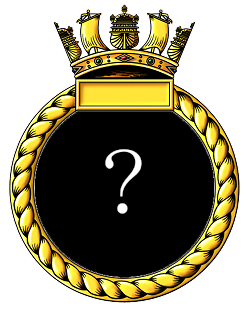
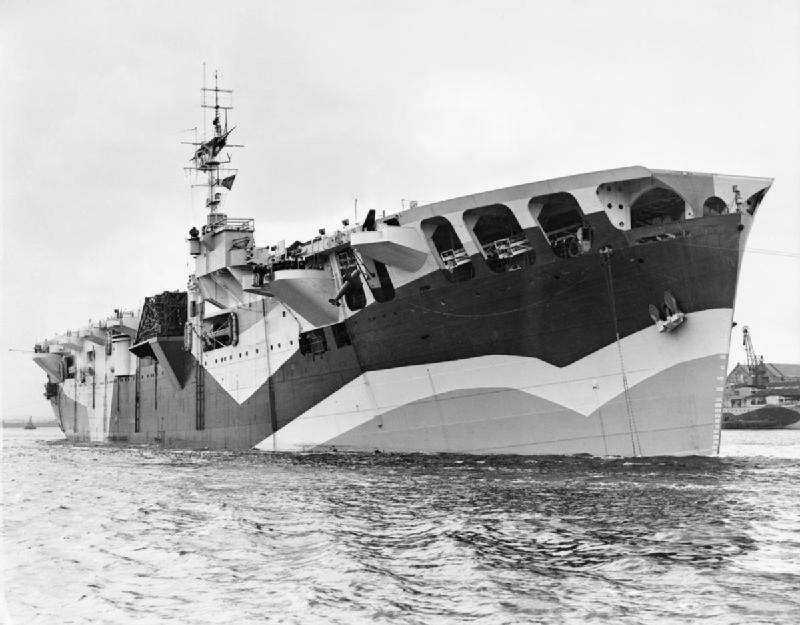

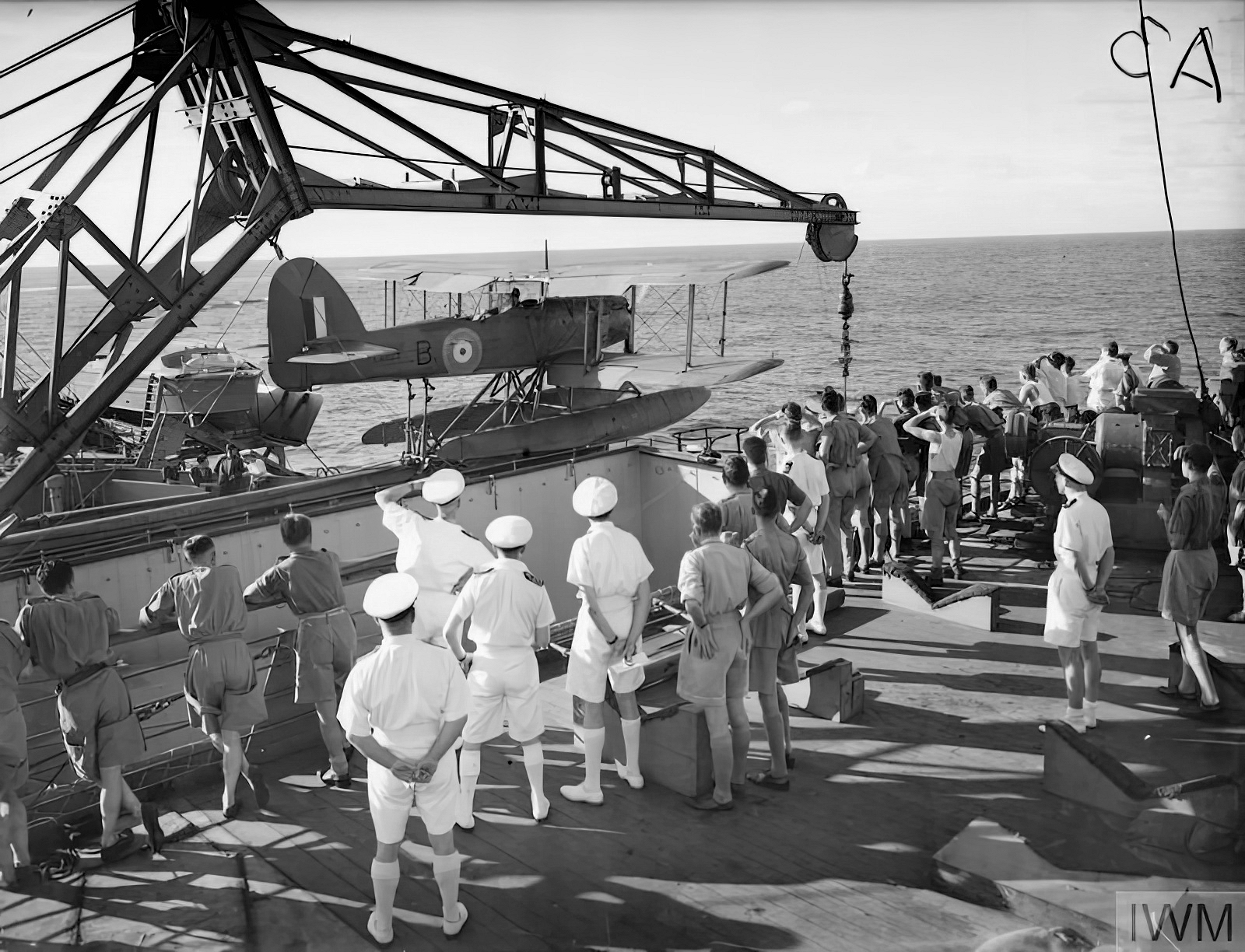
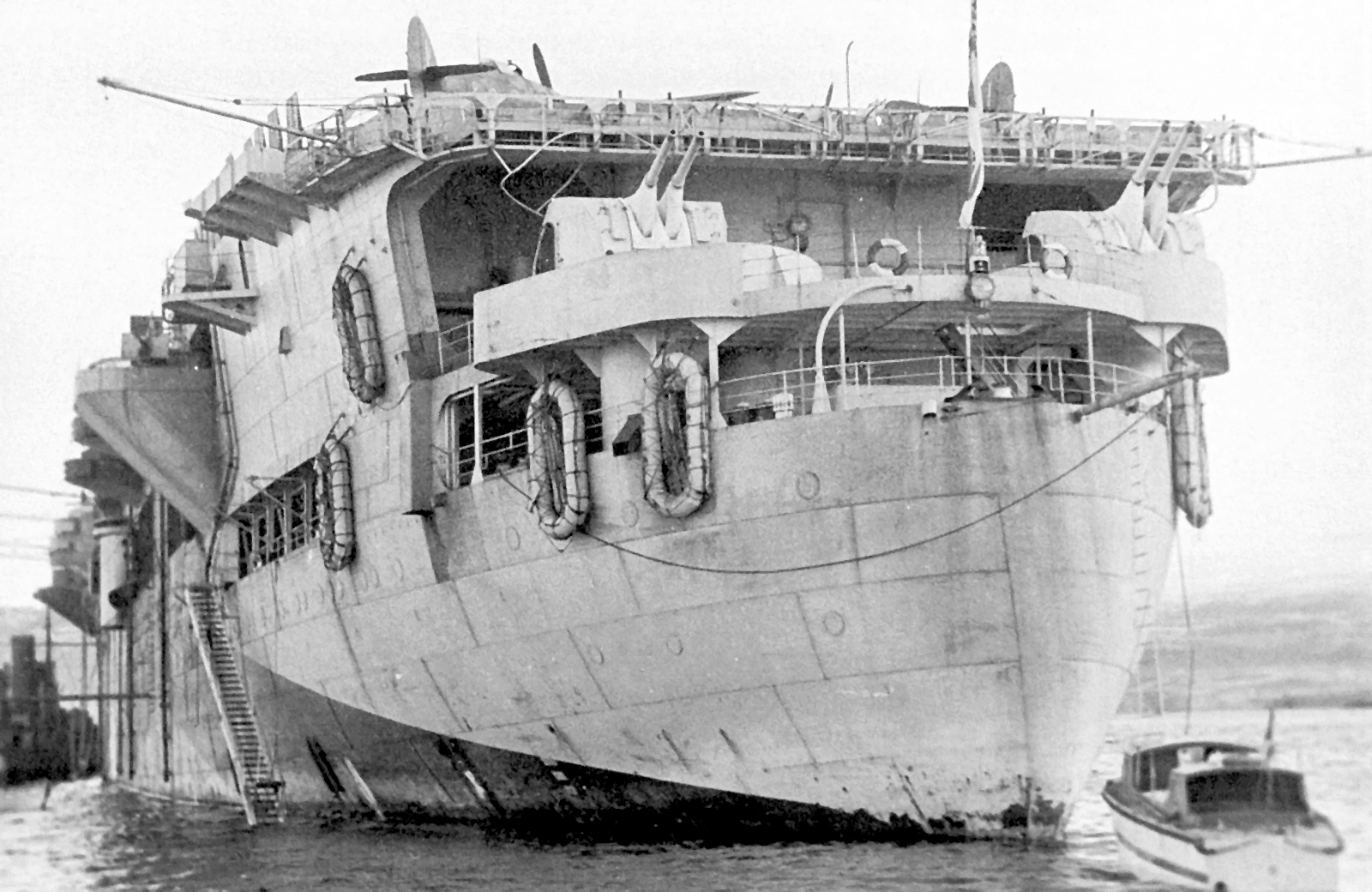
.jpg)
.jpg)

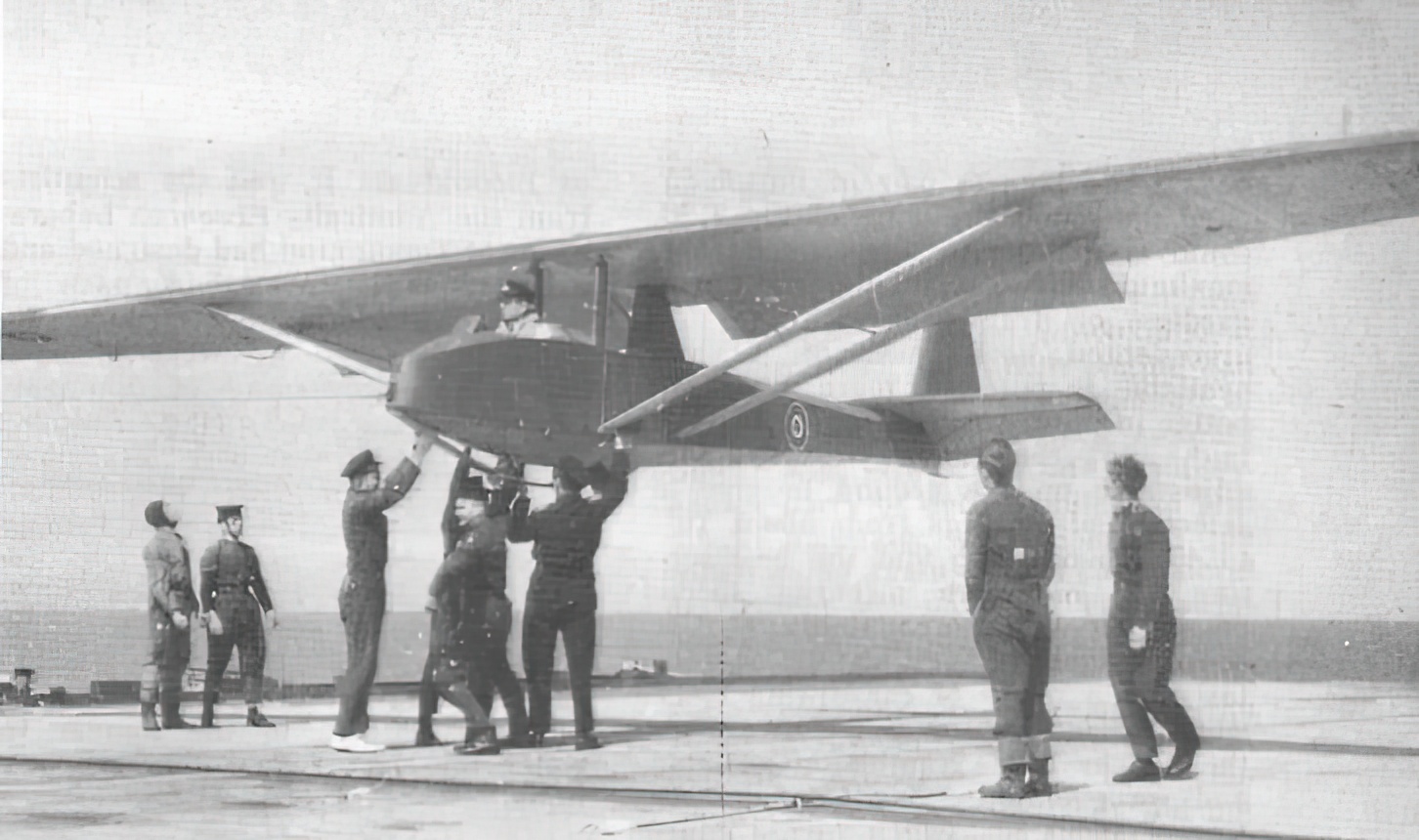

Comments (3)
Steve Wood